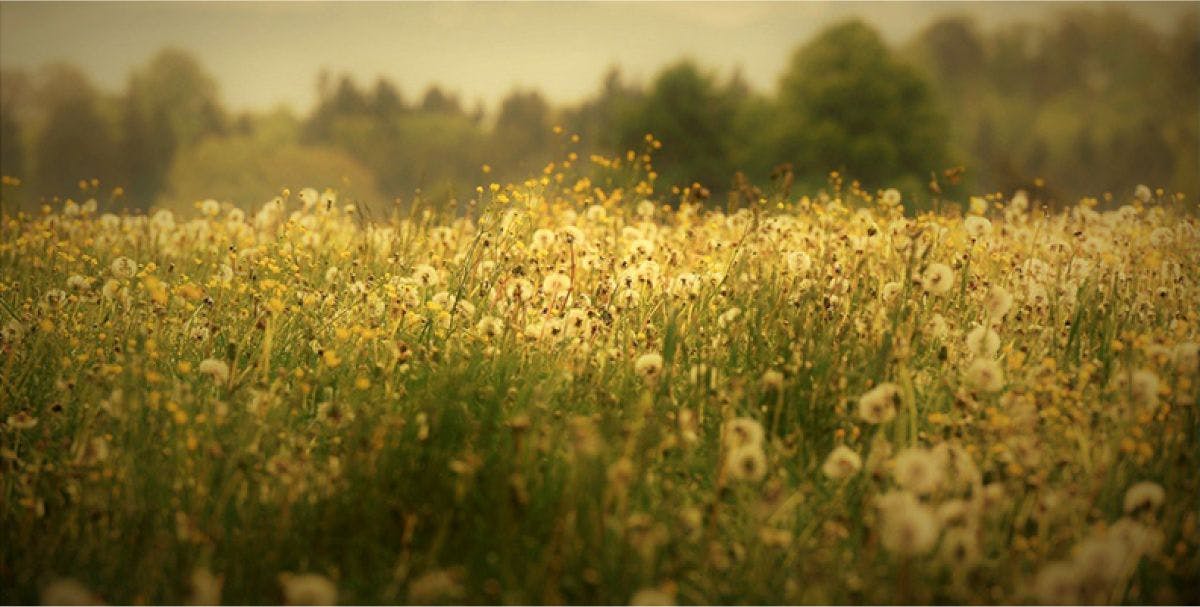The history of protected areas in Canada has generally lacked the involvement of Indigenous Peoples, and some cases have meant the ostensible removal of peoples. Such was the case for the Wood Buffalo National Park (WBNP). WBNP was established in 1922 to protect the North American bison and has since held the title of Canada’s largest national park. Importantly, the land is home to the Mikisew Cree First Nation and over eleven Indigenous groups since time immemorial. The establishment of the park effectively removed the Indigenous Peoples’ involvement in decision-making pertaining to the land. According to Elder George Martin, Parks Canada created regulations and laws without input from the Peoples. The Indigenous Circle of Experts notes that, for Indigenous Peoples, hunting was restricted, and for certain species, it was prohibited, with these limitations hindering the traditional ways of life.
The unilateral imposition of game regulations and the expulsion of hunters from protected areas were only two manifestations of the colonial approach to wildlife conservation in the Northwest Territories.
Indigenous Protected and Conserved Areas (IPCAs) are defined by the Indigenous Circle of Experts as lands and waters where Indigenous governments have the primary role in protecting and conserving ecosystems through Indigenous laws, governance, and knowledge systems.
If governments actively work with and meaningfully involve Indigenous Peoples, several benefits of IPCAs include elevating Indigenous rights and responsibilities, promoting cultural continuity of the land and waters, representing a meaningful acknowledgment of traditional values and Indigenous laws and knowledge systems, representing long-term commitment to conservation, supporting a foundation for local Indigenous economies, supporting the revitalization of Indigenous languages, conserving biodiversity and maintaining healthier ecosystems, providing ecosystems services and improving human health, promoting capacity building for Indigenous communities, and providing an ecotourism economy.

Let’s talk about the Haida Gwaii Protected Areas and the Thaidene Nëné National Park Reserve and Territorial Protected Area (TDN) to showcase several active IPCAs in Canada.
The Haida Gwaii Protected Areas include seven older parks and ecological reserves and eleven newer conservancies. These conservancies were established with Indigenous involvement and together make up the Haida Heritage Sites. The Protected Areas, which make up 332,992 hectares of upland and 169,652 hectares of marine foreshore, are now managed collaboratively with respect to Indigenous Rights by way of the Haida Stewardship Law. The Haida Gwaii Management Council, formed in 2011, is a decision-making body that represents both the Haida Nation and the Province of B.C. that is responsible for protected area management on Haida Gwaii.
The Thaidene Nëné National Park Reserve and Territorial Protected Area (TDN) currently extends over 2,300,00 hectares of significant boreal forest, tundra, and freshwater ecosystems in and around the East Arm of Great Slave Lake and beyond, according to Parks Canada. Over half of the TDN is a National Park Reserve under the Canada National Parks Act, and the rest is a Territorial Protected Area under the Northwest Territories’ Protected Areas Act. TDN sustains the culture and livelihood of the Łutsël K’é Dene First Nation, other First Nations, and Métis, and it is designated by Łutsël K’é Dene First Nation as an Indigenous Protected Area. TDN was first proposed in the 1960s, and after five decades, it became a reality.
For decades, establishing a National Park in Canada meant removing Indigenous people from their traditional territories, like the case of Wood Buffalo National Park, but IPCAs show us a way forward for the environment and for reconciliation.




